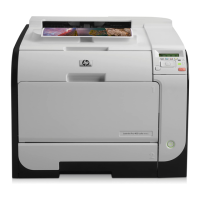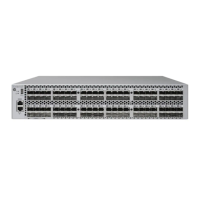

Do you have a question about the HP BACKCOPY and is the answer not in the manual?
Information about the manual's version, history, and product details.
Lists specific revisions made in different manual versions.
Describes the intended readers and their required familiarity.
Explains the manual's structure by chapters and appendices.
Defines conventions used for command syntax presentation.
Briefly describes each utility and its associated tasks.
Explains common procedures and differences between these utilities.
Discusses access control and security for the BACKCOPY utility.
Describes the command structure and available options.
Discusses access control and security for the BACKUP utility.
Explains how BACKUP options affect RESTORE operations.
Details the command structure for file and volume modes.
Discusses access control and security for the DCOM utility.
Describes the command structure and available options.
Discusses access control and security for the DSAP utility.
Describes the command structure and available options.
Lists and describes various DSAP analysis options.
Details the options available for the PAK command.
Details the options available for the UNPAK command.
Discusses access control and security for the RESTORE utility.
Details command structure for file and volume modes.
Detailed explanation of individual RESTORE options.
Summarizes the syntax for the BACKCOPY command.
Summarizes the syntax for BACKUP in file mode.
Summarizes the syntax for BACKUP in volume mode.
Summarizes the syntax for the DCOM command.
Summarizes the syntax for the DSAP command.
Summarizes the syntax for PAK and UNPAK commands.
Summarizes the syntax for RESTORE in file mode.
Summarizes the syntax for RESTORE in volume mode.
Lists and describes the attributes for TAPE DEFINEs.
Details consistency rules for TAPE DEFINE attributes.
Describes ANSI VOL1 and HDR1/EOF/EOV1 label formats.
Describes IBM VOL1, HDR1/EOF1/EOV1, HDR2/EOF2/EOV2 label formats.











